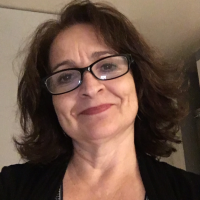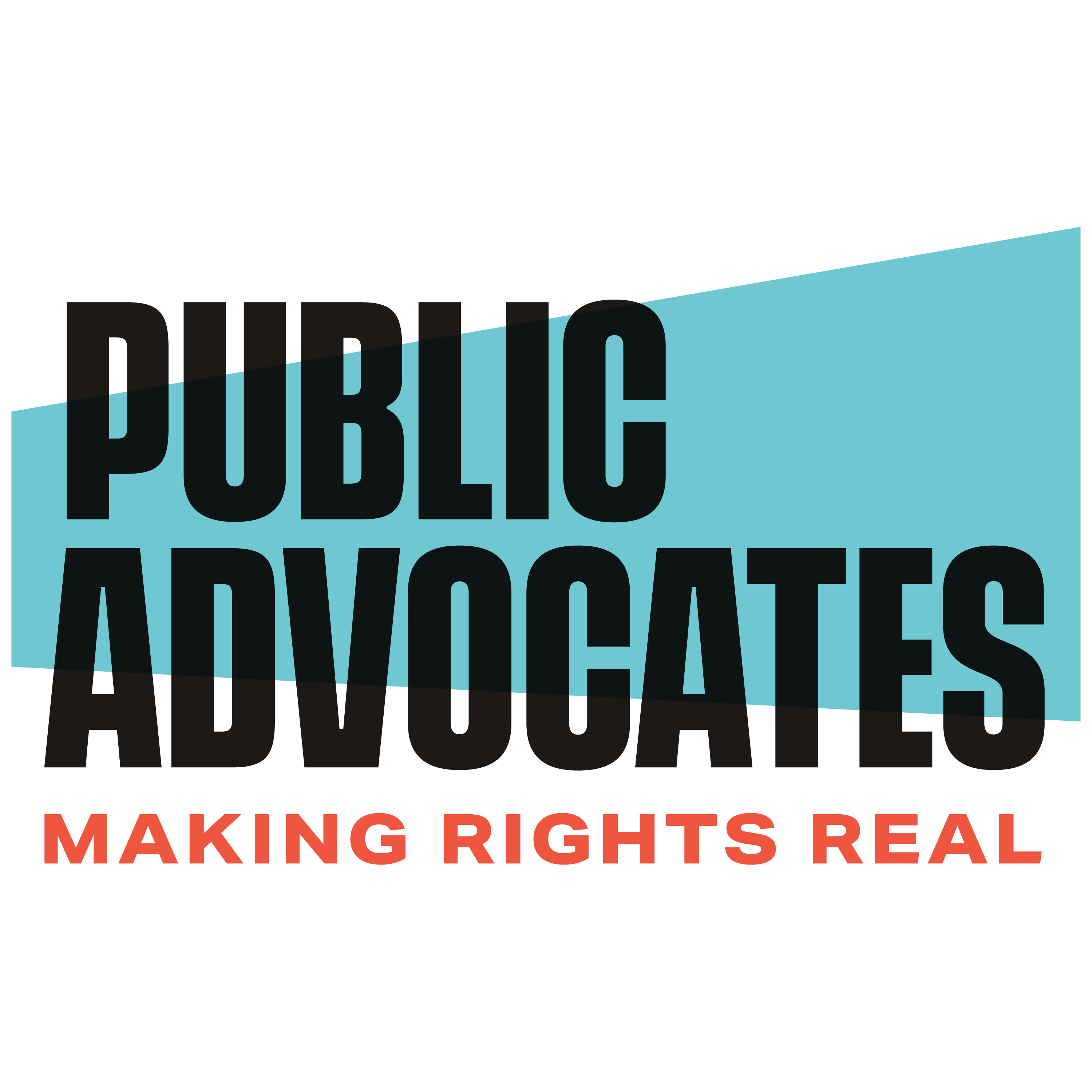Q&A with Elizabeth Tarango, Director of Foster Youth Services Coordinating Program at Alameda County Office of Education

What are some of the most promising practices you’ve seen to support foster youth?
It’s important for the young people to have someone they can check in with one-on-one. They have different titles across districts, but one of the best practices happening across the state is assigning education case managers. At the Alameda County Office of Education we refer to our case managers as education mentors who work with both foster youth and their foster parents/guardians. Oakland USD also has education case managers who are assigned to specific school sites where foster youth are enrolled.. What we consistently hear from both current and former foster youth is “I may or may not need your help in the moment, but I just want someone to check in with me and let me know that they care.” Many youth also credit their teachers for reaching out to them while providing extra guidance and support for graduation. But having assigned staff who have been trained to support the unique needs of our foster students is a best practice.
I have also been impressed by many of the dedicated staff at the district level including our foster youth district liaisons. These staff often train site-based staff to have a stronger focus on assisting foster youth and families who could benefit from additional support. Especially as districts look at CA Dashboard results, points of intervention are more targeted. For example, I have seen that in San Leandro USD, the foster youth liaison comes to all of our county trainings and in turn trains their Parent Facilitators, who are parents hired to reach out to homeless and foster youth students and families. It’s important that site-based staff know how to support at risk youth and their families sensitively and discreetly. Foster youth often say they don’t want others to identify them publicly as foster youth. In Fremont USD, they are also training their site-based staff to support at-risk families. Current staff that work with both populations of students are compensated for the individual time they spend with our students. They are referred to as Youth Mentors. In Pleasanton USD, the foster youth district liaison supports all foster youth including kinship families. They have a very robust high school and post-secondary program including ongoing psychosocial and academic activities and a monthly newsletter which provides up-to-date resources and important college related deadlines. Pleasanton USD has been able to develop community partnerships and funding to support intensive engagement of foster youth.
Have you noticed any strong engagement models for the foster youth population?
I really like what Oakland USD has done and have encouraged other districts to follow their lead. That is, OUSD has formed a Foster Youth Advisory Committee which engages foster youth, school personnel, foster parents, and dependency attorneys. This group meets monthly and has been proactive in reviewing foster youth outcome data (Dashboard indicators). The advisory makes recommendations which are integrated into the broader parent LCAP advisory body. As a result of direct input from the foster youth community, Oakland’s LCAP development process seems more genuine and reflective of foster youth needs in Oakland. This specific advisory group is a good vehicle for keeping the district accountable and also allows foster youth to have a seat at the table , which they should be.
It’s powerful to have a multi-stakeholder space where voices of foster youth are at the center. At Oakland USD’s recent Foster Youth Advisory Committee, we had two high school aged foster youth and one former foster youth who had graduated. They were very honest about what is and isn’t working for them in terms of school. Also present were a few foster parents. One foster parent, RocQuel Johnson, chairs the meetings. There is also dedicated district staff supporting foster youth, including their education case managers. Foster youth community groups such as California Youth Connection also participate. A variety of other district staff are invited to present on a particular topic – for example around attendance and discipline strategies.
The group meets on the last Thursday of every month. I try not to miss a meeting because I learn a lot about the needs of Oakland students and I like being present to share resources and offer any technical assistance. It makes a difference that their LCAP engagement staff really supports this space, providing structure, data, and relevant staff people into the group. Importantly, the community leads these monthly discussions while supported by the LCAP Engagement staff, Cintya Molina, and their Foster Youth Liaison, Jennifer Tam.
I also want to mention our local Department of Children and Family Services which has its own engagement structure through the Youth Advocate Program. This isn’t a program that’s funded by LCFF, but instead is financially supported by our local Social Services Agency. The Youth Advocate Program is a group of former foster youth who are coached and trained to lead discussions with a variety of community members regarding issues and needs of foster youth. At our last Foster Youth Services Coordinating Program Executive Advisory Committee meeting, which meets quarterly and is open to the public, YAP was invited to present a panel discussion that was extremely inspiring and informative. The Youth Advocate Program has done a fantastic job in providing leadership development for their young adult staff so they can speak confidently for themselves.
How can the County Office of Education collaborate with districts to better support foster youth?
I’m excited about the opportunity for sharing individual student-level data between the Alameda County Office of Education and our districts through systems like Foster Focus so that support to our foster students is more targeted and strategic. Alameda COE has utilized Foster Focus for a few years though the Sacramento County Office of Education has been a pioneer in this type of data sharing as it created Foster Focus several years ago. Many COE’s across the state use Foster Focus or a similar data sharing system to better coordinate efforts amongst COEs and districts and to support school stability.
As a County Office of Education, we also receive specific grant funds to support districts in serving foster youth–including what strategies they are employing through their LCAPs. Now that some districts are being identified through California Dashboards as needing special assistance (called Differentiated Assistance) to support their foster youth, we also have staff from our Learning and Accountability Division working closely with district staff about how to support this population. ACOE continues to be in a good position to help increase the districts capacity to utilize available outcome data and target services.
Sharing best practices and policies that benefit our homeless and foster youth is always a priority–ACOE has an important role in bringing stakeholders together to discuss what works for our youth and families.
Q&A conducted by Angelica Jongco, Public Advocates.

